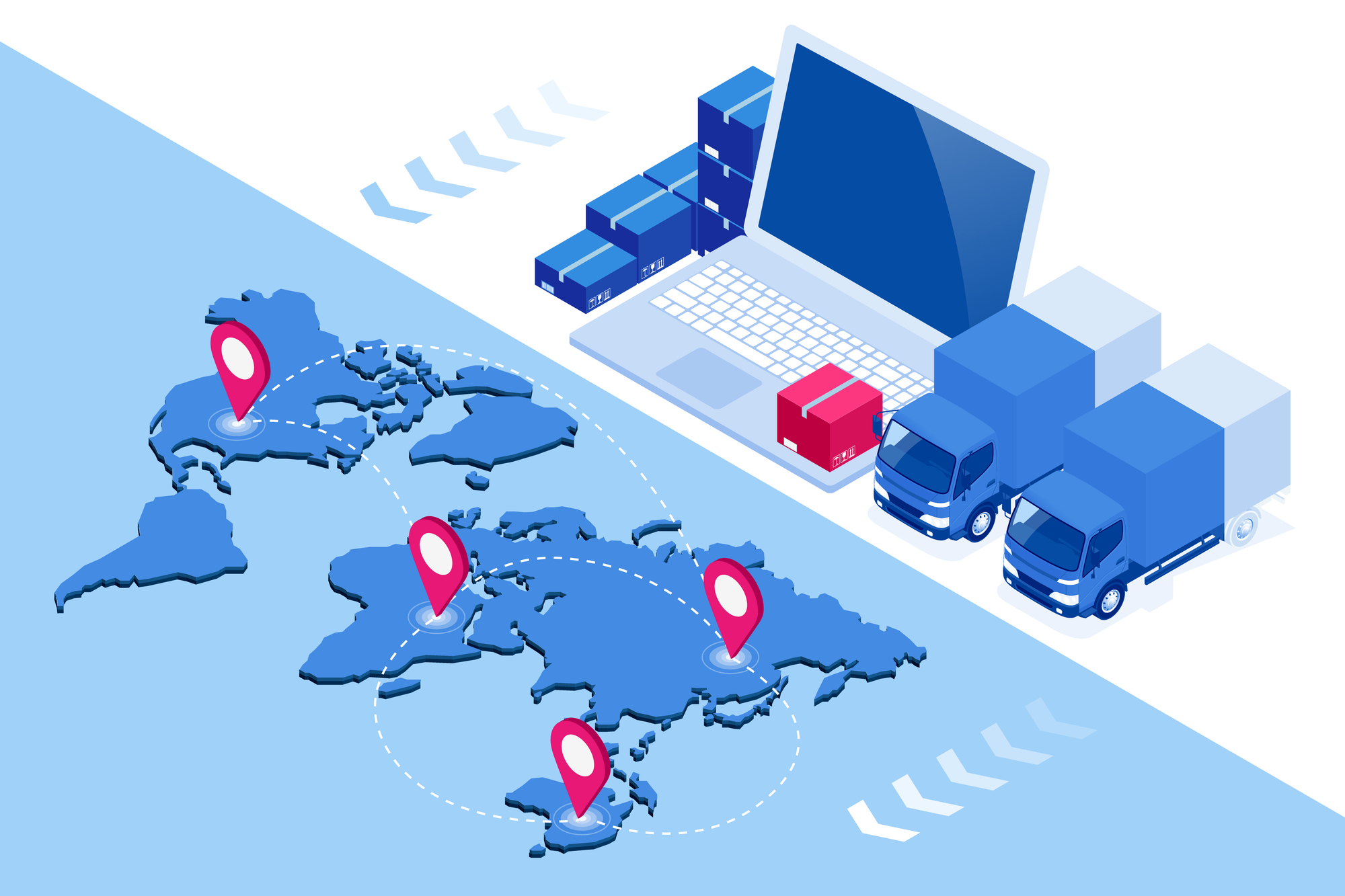Integrated data access, accurate and up-to-date reporting, digital automation, and other source-to-pay solutions for maintenance, repair, and operations are quickly gaining traction in the manufacturing industries. Advanced technologies and third-party expertise have proven they can build the resiliency firms need to prevent and manage supply chain disruptions. Global occurrences over the last few years have resulted in numerous supply crises and driven home the value source-to-pay services bring to businesses:
- Covid-19 – The pandemic forced quarantines and closed ports, creating bottlenecks that only the most resourceful, resilient, and creative companies could overcome. While we hope we never experience a similar global health scare again in our lifetimes, natural and human-made disasters strain logistics in every region every year.
- War in Ukraine – Russia’s invasion created a ripple effect around the world, doubling natural gas and coal prices and restricting the flow of critical elements such as titanium, nickel, and platinum that Vladimir Putin needs for his offensive. Conflict and geopolitical posturing are common causes of material shortages, highlighting the need for diverse and local sourcing.
- The Great Resignation – U.S. Bureau of Labor Statistics reports that more than 10 million people left their jobs in the retail, wholesale, logistics, and transportation industries during the “great recession” of 2021. Labor shortages provide the impetus for automating processes from fulfillment and warehouse management and create labor efficiencies that make employees more productive and gratified.
- Bank Failures – The troubles engulfing Silicon Valley, First Republic, Signature, and other banks constrict the supply of money companies need for capital investment, expansion, distribution, and operations. When cash trickles instead of flowing, accounts payable get delayed, putting the entire supply chain at risk.
S2P solutions are critical components of organizations’ digital transformation aimed at mitigating risk, responding to demand, and making informed decisions based on comprehensive data. Source-to-pay integration, the end-to-end alignment and optimization of the procurement process from evaluating potential suppliers and negotiating terms to placing and paying for orders, fosters continuous improvement that yields lasting benefits.
Alleviate Supply Chain Headaches with Source-to-pay Services
Partnering with a provider of source-to-pay solutions generates several synergies between manufacturers and the suppliers who provide the components, machine parts, and consumables they need to operate:
- A dedicated supply chain-as-a-service partner gives companies access to hundreds of supply sources accessible through a single point of contact. As experts in source-to-pay integration, SDI helps clients leverage this information to contract for critical supplies, identify alternate sources, schedule reorders, and obtain the most favorable delivery and pricing conditions.
- SDI’s source-to-pay integration includes aggregating orders to trigger bulk-purchase discounts. Our proprietary technology monitors inventory levels and automates administration, reducing human intervention and minimizing data entry errors. By incorporating data wrangling and common taxonomies throughout, we expedite the sourcing, vetting, payment, and other tasks that become cumbersome and time-consuming when performed manually.
- These service providers allow companies to share their demand forecasts, specifications, inventory levels, and other key details with potential suppliers who then present fulfillment offers in real time. Suppliers can tailor their manufacturing, maintenance, and delivery schedules around these variables. The savings they incur can be shared with customers, reducing transaction costs and generating greater demand.
Sustainable Competitive Advantage with Source to Pay
As supply chain management becomes more strategic and precise, automation, digitization, and other S2P solutions will drive competitive advantages to companies that adopt and integrate them. The organizations that incorporate these source-to-pay solutions foster better decisions and greater performance.
Process Optimization
Source-to-pay integration allows companies to move through the procurement and payment steps more rapidly. Over the course of several activities, this can save a day or more between requisition and delivery. Shortening lead times ensures manufacturers accomplish more during the workday but also avoids staging and warehousing bottlenecks and sets the stage for just-in-time supply chain strategies that minimize waste, spoilage, shrinkage, and obsolescence. Automation and connected work processes bridge communications gaps and make it easier to comply with purchase rules and industrial regulations.
Visibility
Supply chain disruption can affect any link in the supply chain. But source-to-pay solutions bring multiple departments and suppliers under a shared platform, tearing data silos and lending visibility to upstream and downstream operations. Managers can easily trace the paths orders, shipments, and payments take en route to their final destinations. This facilitates cost evaluations, enables scenario development, and simplifies the search for service gaps and supply chain breakdowns.
Supplier Management
Source-to-pay technologies lend insights into suppliers’ capabilities while securing important concessions by making vendors’ lives simpler. Achieving “favored customer” status pays off when supply chain disruptions create shortages of critical components. Where there’s not enough to go around, suppliers will make sure the companies that use source-to-pay solutions to pay on time and keep them informed will get the precious cargo they need. Strong supplier relationships also incentivize information sharing. Manufacturers can discern how flexible their partners can be in scaling production to meet changing demand. Inelastic capacity requires additional emergency sources which businesses can arrange before they need them.
Incorporating S2P solutions and best practices generates productivity gains and cost savings when executed consistently. SDI shows firms how to benchmark pricing standards and total cost of supply chain activities and inventory ownership. SDI’s technology and expertise highlight overspending due to inefficient tracking, use, and accounting for machine parts and product inputs. Contact us today, and we’ll show you how to employ an end-to-end process for managing your sourcing, use, tracking, and payment for all your parts and supplies.





